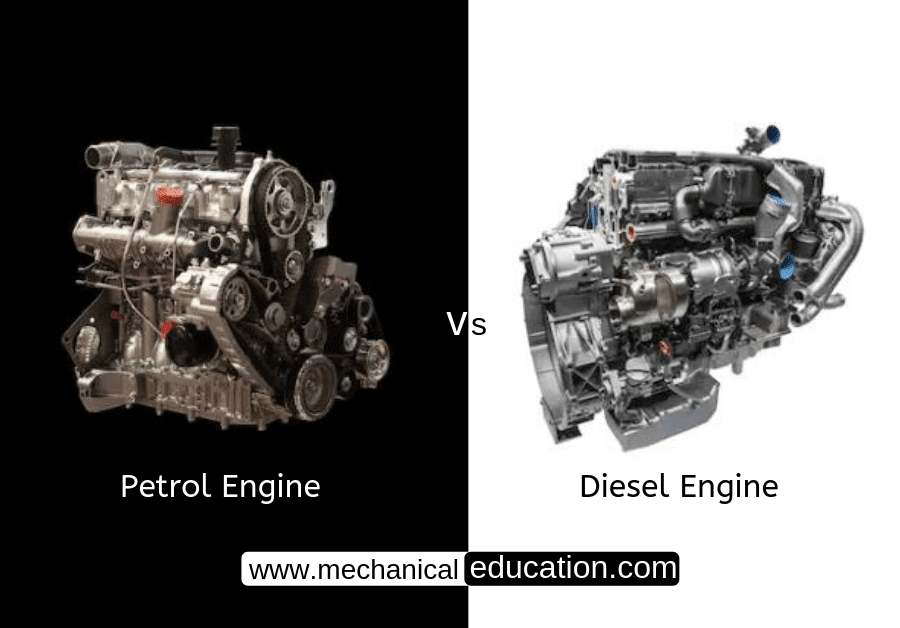Introduction:The steering arm is an important component of the steering system in your vehicle. It connects the wheels to the steering linkage, transferring movement from one part of the assembly to another so that when you turn your wheel your wheels will respond accordingly. Let’s look at how a steering arm works and why it is such an integral part of your car’s operation.
The Function of the Steering Arm
A steering arm has two main functions. First, it helps guide and control the direction of the front wheels when you turn them left or right with the steering wheel. Second, its design also works to reduce friction between moving parts in the steering linkage system. This reduces wear on parts and increases overall efficiency. For example, if you were driving on a rough road, then having a well-designed steering arm would help to minimize vibration and noise transferred through the system while turning.
Steering Arms in Different Types of Vehicles
The design and size of a steering arm can vary depending on what type of vehicle it is used in. Passenger cars generally use shorter arms because they have smaller engines that require less torque for turning. On larger vehicles like trucks or buses, however, longer arms are used as they have more powerful engines which require more torque for turning efficiently. In addition, some off-road vehicles may use double or triple arms for added strength and stability when driving off-road conditions.
Maintenance Tips for Your Steering Arm
While most modern cars do not require much maintenance for their steering arms, there are still a few things you can do to keep yours in good condition over time:
• Check for any signs of rust or corrosion that could result from exposure to water or salt spray – if any is found then use sandpaper to remove it before re-painting with an anti-rust paint; • Regularly check all bolts and nuts securing the arm to ensure they are properly tightened; • Ensure that all lubrication points are lubricated according to manufacturer instructions; • Be sure to replace worn parts promptly as this will help prevent further damage and costly repairs down the line.
Conclusion:
The steering arm is an essential part of your car’s overall performance – so it pays to know how it works and keep up with regular maintenance checks! By keeping tabs on rusting or corrosion, ensuring bolts remain secure, regularly lubricating joints, and replacing worn out parts quickly – you can keep your vehicle running smoothly for years to come! Looking after your steering arm will make sure that your vehicle continues responding correctly whenever you turn your wheel left or right!




